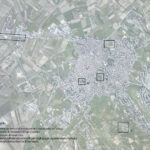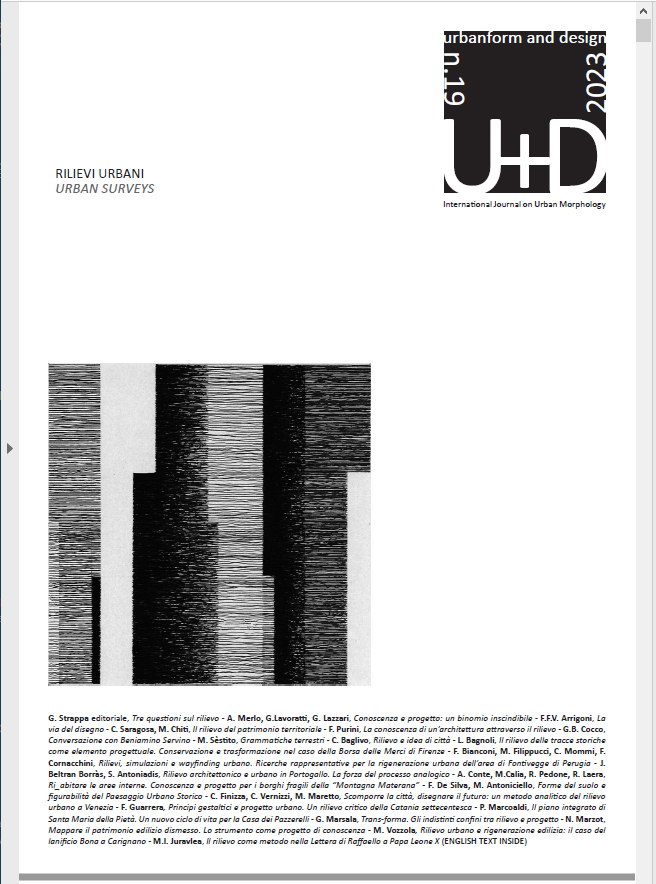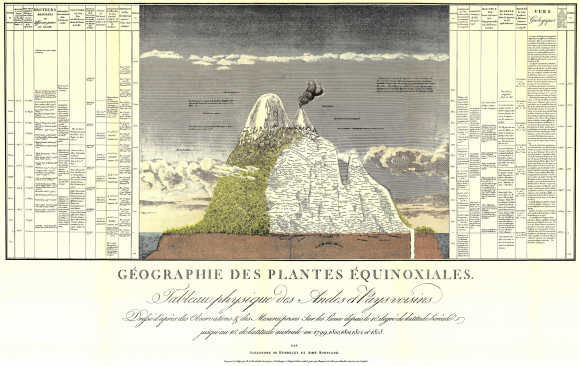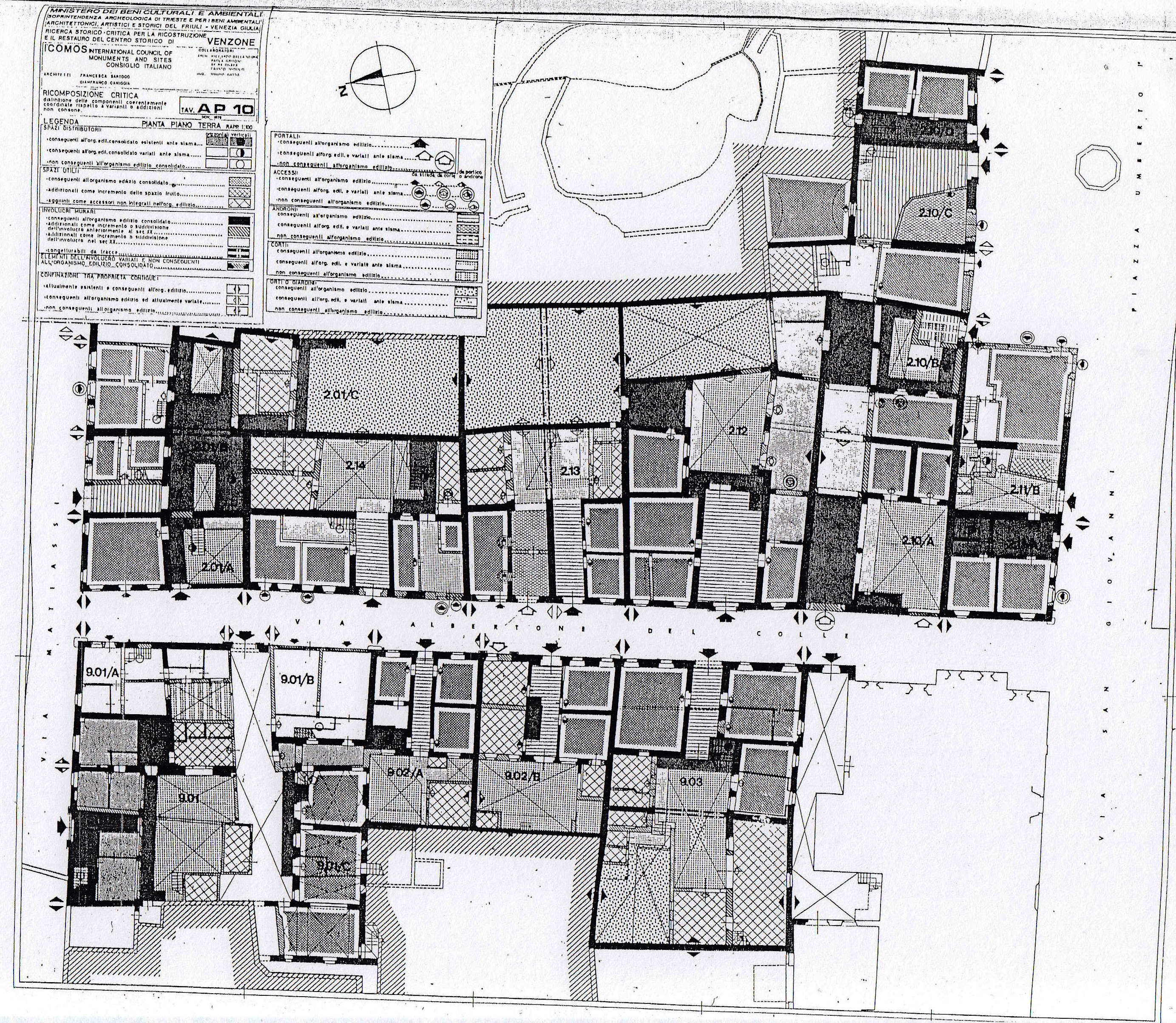Scuola/Workshop di Progettazione in Area Archeologica
Canosa di Puglia | 18-28 settembre 2023

last Canosa Workshop Antico Futuro – programma DEF
Archivio
Scuola/Workshop di Progettazione in Area Archeologica
Canosa di Puglia | 18-28 settembre 2023

last Canosa Workshop Antico Futuro – programma DEF

2023_anno X_n.19
Editoriale_Editorial
Giuseppe Strappa
Tre questioni sul rilievo
Three questions on survey
Riflessioni_Reflections
Alessandro Merlo, Gaia Lavoratti, Giulia Lazzari
Conoscenza e progetto: un binomio inscindibile
Knowledge and design: an inseparable pair
Saggi e Progetti_Essays and Projects
1| Fabrizio Franco Vittorio Arrigoni
La via del disegno
The Path of Drawing
2| Claudio Saragosa, Michela Chiti
Il rilievo del patrimonio territoriale
The survey of territorial heritage
3| Franco Purini
La conoscenza di un’architettura attraverso il rilievo
The knowledge of an architecture through the survey
4| Giovanni Battista Cocco
Conversazione con Beniamino Servino
Conversation with Beniamino Servino
5| Marcello Sèstito
Grammatiche terrestri
Territorial grammars
Punti di vista_Viewpoints
Recensioni e Notizie_Book Reviews & News
U+D Urban form and design | n.20 2023 call
Territorio e Disegno urbano
Strumenti, studi, progetti
Scadenza: 1 settembre 2023
Pubblicazione: entro dicembre 2023
Territory and Urban Design
Tools, studies , design
Deadline: September 1 st 2023
Publication: December 2023
Sotto la spinta di un’ urbanizzazione crescente, sono stati cancellati i confini tra la città e l’area vasta che ad essa fa riferimento, stabilendo inediti legami tra paesaggi naturali, urbani e metropolitani . Nella condizione contemporanea, questi legami sono leggibili come complessa rete di relazioni fisiche, (naturali e antropiche), e immateriali che hanno perso i tradizionali caratteri di organicità del territorio storico
La città contemporanea va ormai pensata all’interno di un nuovo paradigma dinamico: come momento di provvisorio equilibrio nel divenire d i parti e sezioni di scambio che ne ridefiniscono costantemente l’ assetto morfologico.
Il territorio, a sua volta, è oggi costellato d i piccoli centri che stanno affrontando a volte fasi di abbandono, ma anche di una inedita trasformazione e nuovi sviluppi nel rapporto tra il paesaggio agrario e ciò che resta del paesaggio naturale, facendo pensare a una possibile, originale organicità futura……
CONTINUA A LEGGERE

U+D Editoriale n.19 – Strappa (1)
editoriale n.19
Il modo nel quale questo numero della rivista si occupa del problema del rilievo (degli edifici, della cittá, del territorio), non riguarda solo la documentazione e la descrizione delle forme che la realtà costruita presenta ai nostri occhi.
Crediamo che esso si ponga, per l’architetto, soprattutto come questione di conoscenza e di rappresentazione di quella conoscenza. Due termini di difficile conciliazione.
1. Il rilievo e la raffigurazione oggettiva della realtà. Il problema di ogni rilievo è il rapporto di impossibile coincidenza tra le forme del costruito reale (le stratificazioni
degli organismi urbani, l’annodarsi e dipanarsi di percorsi di crinale
e fondovalle) e la loro descrizione grafica, ovvero la presunzione di esattezza di piante, mappe, carte geografiche, incerte e parziali anche quando sono
tracciate con i più sofisticati strumenti digitali. Non è una questione nuova. È, in fondo, l’eterno problema della geografia culturale posto da Alexander von Humboldt, per il quale non basta rappresentare su un piano nazioni e continenti.
Occorre descrivere, piuttosto, la vita che si svolge sulla crosta terrestre, l’intrico della vegetazione delle foreste e l’ordine delle coltivazioni, le famiglie di animali selvatici e quelle delle specie domestiche, il succedersi delle generazioni degli uomini e i meandri misteriosi di fiumi solo in parte esplorati. “Il risultamento più importante d’uno studio razionale della natura – scriveva
– quello si è di afferrare l’unità e l’armonia in così immensa farragine di cose e di potenze, d’abbracciare con pari ardore ciò ch’è dovuto alle scoperte dei secoli trascorsi ed a quelle del tempo in cui viviamo”. Humboldt introduce,
nella geografia immobile di metà ’800, il tempo che scorre. Eppure, nonostante i suoi viaggi in ogni contrada del mondo, il risultato, i cinque monumentali volumi del suo Cosmos, è destinato al fallimento. Le sue meravigliose mappe, che intendono catalogare e portare a unità il caos della vita che pullula sul pianeta trasformandola in una ordinata tassonomia, sono, insieme, un laboratorio di forme e una composizione intellettuale, piuttosto che che una sistematica descrizione dell’oggetto di studio. Perché è proprio questo il centro del problema. È nel tentativo di classificare, catalogare, ordinare le forme del suolo naturale o trasformato dalla mano dell’uomo che la realtà rivela la sua irriducibile complessitá, il suo sostrato enigmatico. È il problema irrisolvibile del rilievo e, insieme, quello della morfologia urbana.
……………………….
Continua a leggere Editoriale n.19 – Strappa (1)
Casa della cultura
CITTÀ BENE COMUNE
LA RICOSTRUZIONE È PROGETTO
Note a partire dal libro di E. Bordogna e T. Brighenti
 Il testo pubblicato di recente da Enrico Bordogna e Tommaso Brighenti, Terremoti e strategie di ricostruzione. Il sisma in Centro Italia del 2016 (LetteraVentidue, 2022), ripropone uno dei temi che ciclicamente riemergono nell’attenzione dei media e della pubblicistica nazionale. E riappaiono in modo drammatico, come se ogni tragedia ci lasciasse sorpresi di fronte a un evento nuovo e imprevedibile e non fosse a tutti noto il carattere endemico della fragilità geologica del nostro territorio. Come se fosse necessario ripartire ogni volta da una tabula rasa. E questo è il centro del problema. Perché anche la distruzione è un’architettura, una decostruzione che non segue regole imposte dagli uomini ma quelle, naturali e terribili, di faglie geologiche e sostrati profondi che inducono modifiche inaspettate nella forma del paesaggio costruito. Ma, in quanto involontaria architettura, la catastrofe trasforma, ma non azzera nulla. La forma in qualche modo, se sappiamo leggerla, permane.
Il testo pubblicato di recente da Enrico Bordogna e Tommaso Brighenti, Terremoti e strategie di ricostruzione. Il sisma in Centro Italia del 2016 (LetteraVentidue, 2022), ripropone uno dei temi che ciclicamente riemergono nell’attenzione dei media e della pubblicistica nazionale. E riappaiono in modo drammatico, come se ogni tragedia ci lasciasse sorpresi di fronte a un evento nuovo e imprevedibile e non fosse a tutti noto il carattere endemico della fragilità geologica del nostro territorio. Come se fosse necessario ripartire ogni volta da una tabula rasa. E questo è il centro del problema. Perché anche la distruzione è un’architettura, una decostruzione che non segue regole imposte dagli uomini ma quelle, naturali e terribili, di faglie geologiche e sostrati profondi che inducono modifiche inaspettate nella forma del paesaggio costruito. Ma, in quanto involontaria architettura, la catastrofe trasforma, ma non azzera nulla. La forma in qualche modo, se sappiamo leggerla, permane.